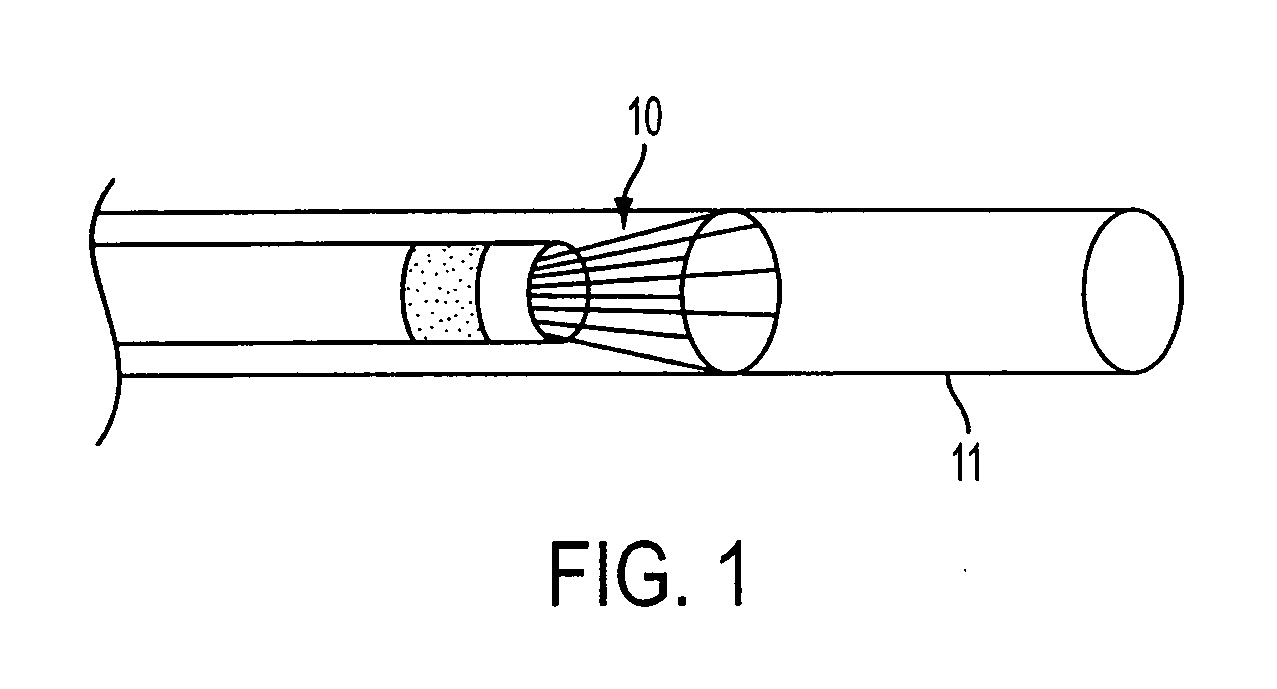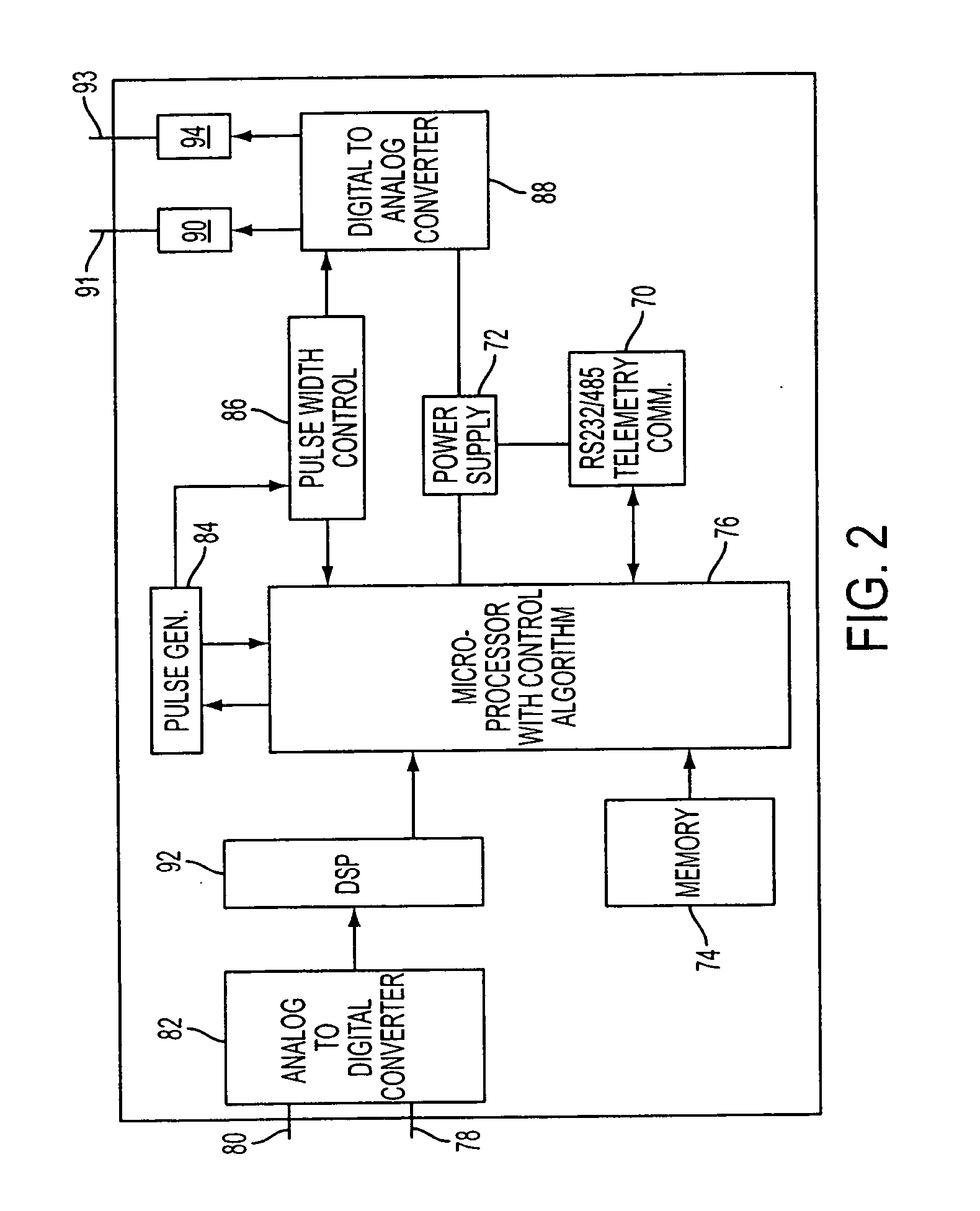Methods and systems of achieving hemodynamic control through neuromodulation
a neuromodulation and hemodynamic control technology, applied in the field of methods and systems, can solve the problems of disadvantages of treatment, and high cost of colloids
- Summary
- Abstract
- Description
- Claims
- Application Information
AI Technical Summary
Benefits of technology
Problems solved by technology
Method used
Image
Examples
Embodiment Construction
[0013] In an embodiment, the present invention provides a method for treating hemodynamic derangement by neuromodulation of a celiac ganglion, a celiac plexus, a splanchnic nerve or any combination thereof. Hemodynamic derangement, according to the present invention, is an abnormality in the blood circulation volume caused either by reduction in the blood volume or increase of the vascular bed represented by changes in arterial blood pressure, central venous pressure, capillary pressures or any other kind of hemodynamic parameter. Such abnormalities include, for example, reduction in the effective circulating blood volume, reduction in venous return, vasoplegic vessels and / or reduction in cardiac output. Conditions resulting or caused by hemodynamic derangement include, for example, shock and congestive heart failure. Non-limiting examples of shock include septic, hemorrhagic or hypovolemic, cardiogenic, and neurogenic shock.
[0014] In another embodiment, the present invention provi...
PUM
 Login to View More
Login to View More Abstract
Description
Claims
Application Information
 Login to View More
Login to View More - R&D
- Intellectual Property
- Life Sciences
- Materials
- Tech Scout
- Unparalleled Data Quality
- Higher Quality Content
- 60% Fewer Hallucinations
Browse by: Latest US Patents, China's latest patents, Technical Efficacy Thesaurus, Application Domain, Technology Topic, Popular Technical Reports.
© 2025 PatSnap. All rights reserved.Legal|Privacy policy|Modern Slavery Act Transparency Statement|Sitemap|About US| Contact US: help@patsnap.com



